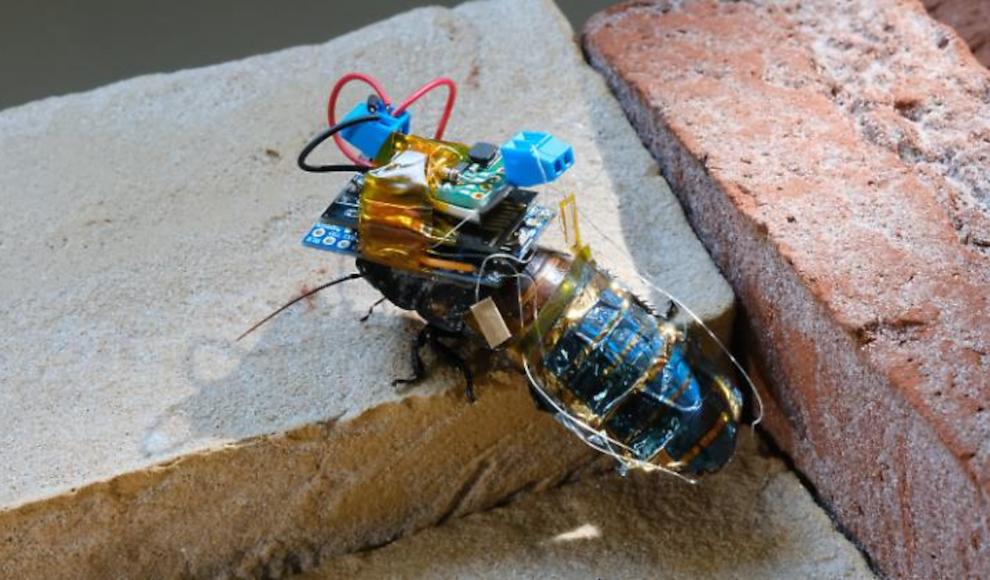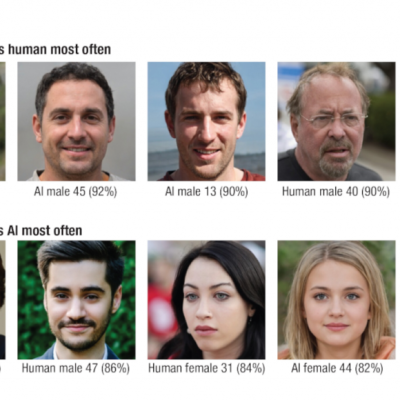In Japan, scientists at the Riken Cluster for Pioneering Research have developed an insect cyborg that can be controlled remotely and powered by solar energy. The hybrid creature, made up of a living cockroach and a machine, is intended for use in war zones, environmental disasters, and espionage. The researchers were able to control the cyborg through a compact control module, as reported in the npj Flexible Electronics journal. The team believes that the remote-controlled cyborg could be useful in various scenarios, including military operations, disaster relief, and intelligence gathering.
The main challenge in developing the insect cyborg was to ensure that the insects could be controlled remotely for extended periods, making them suitable for longer missions. To address this issue, the scientists developed a small backpack that contains the control electronics and a buffer battery. During a mission, the battery is continuously charged by a flexible solar cell that is only four micrometers thick. This means that the insects do not need to return to a charging station during long missions. The researchers used Madagascar cockroaches, which are among the larger insects, in their experiments. To ensure that the electronics, battery, and organic solar module remained attached to the insects’ backs, the team developed a special adhesive system that did not restrict the insects’ movements. The attachment system, produced using 3D printing with an elastic polymer, held up for more than a month in the test animals. The researchers plan to develop the attachment system for beetles or cicadas in the future.
The insect cyborg is controlled through a module that sends electrical impulses to the cockroaches’ leg segments through wires, allowing the researchers to control their movements. Similar technologies are being developed by other countries and organizations, including the US military. However, ethicists and animal rights activists have criticized such experiments. Despite the potential benefits of the insect cyborg, the ethical implications of using living creatures in this way must be carefully considered.










